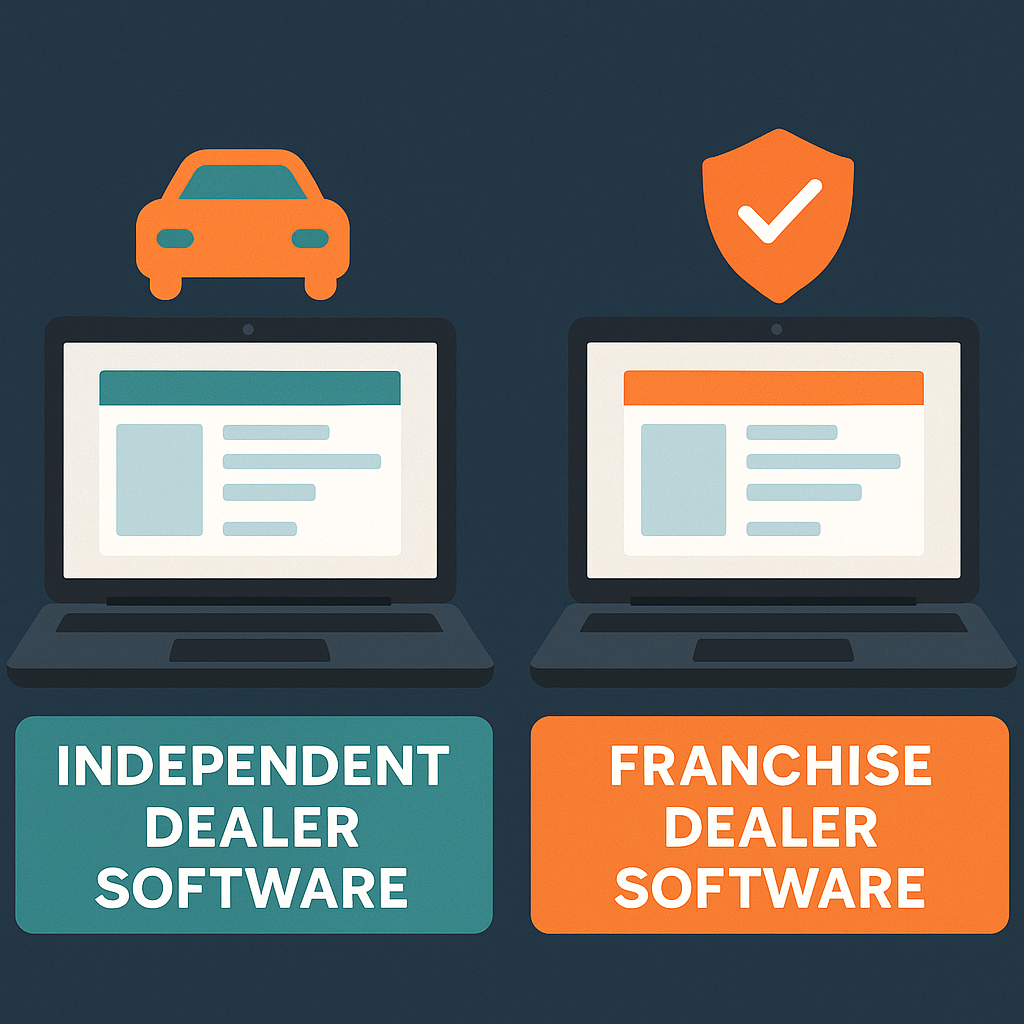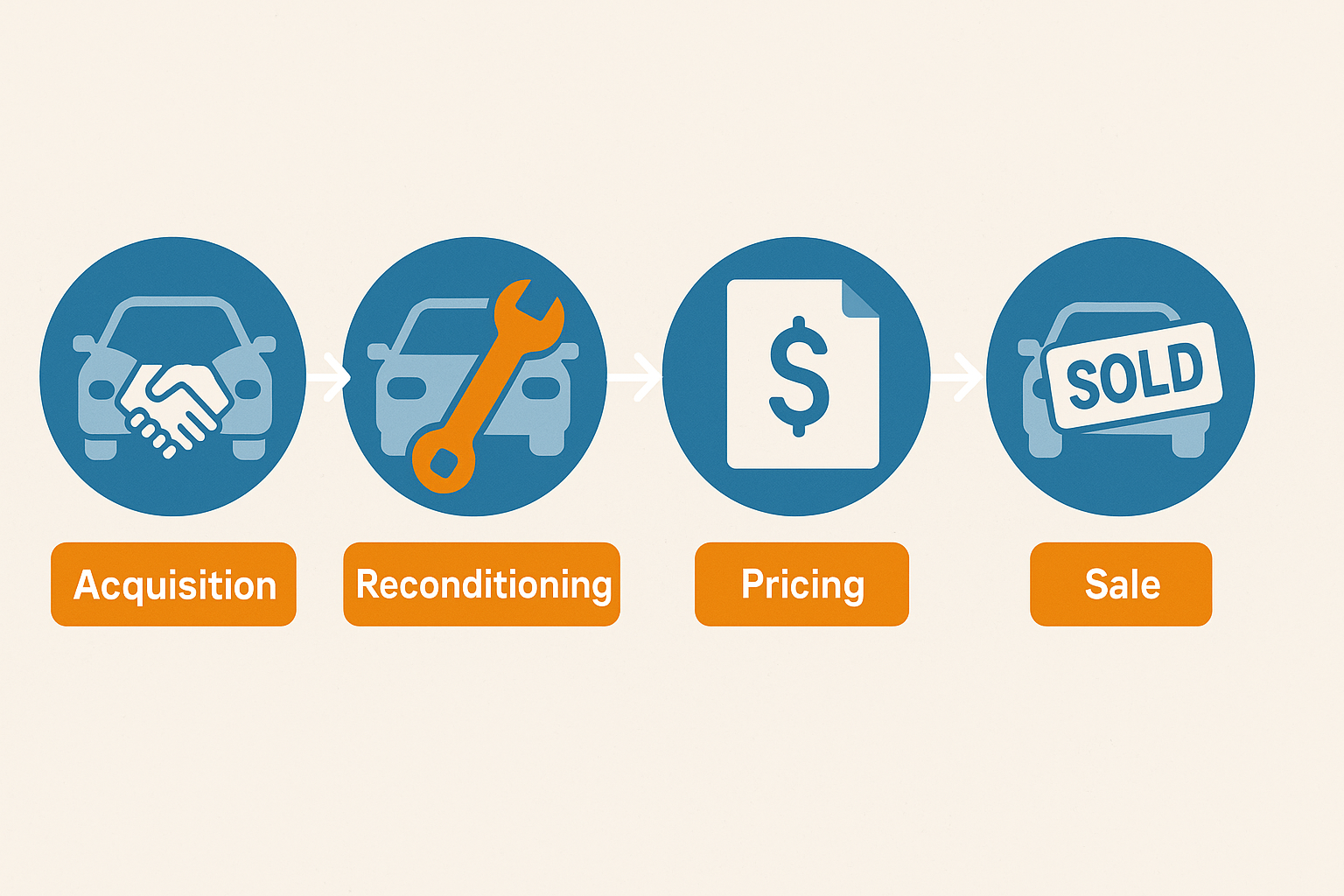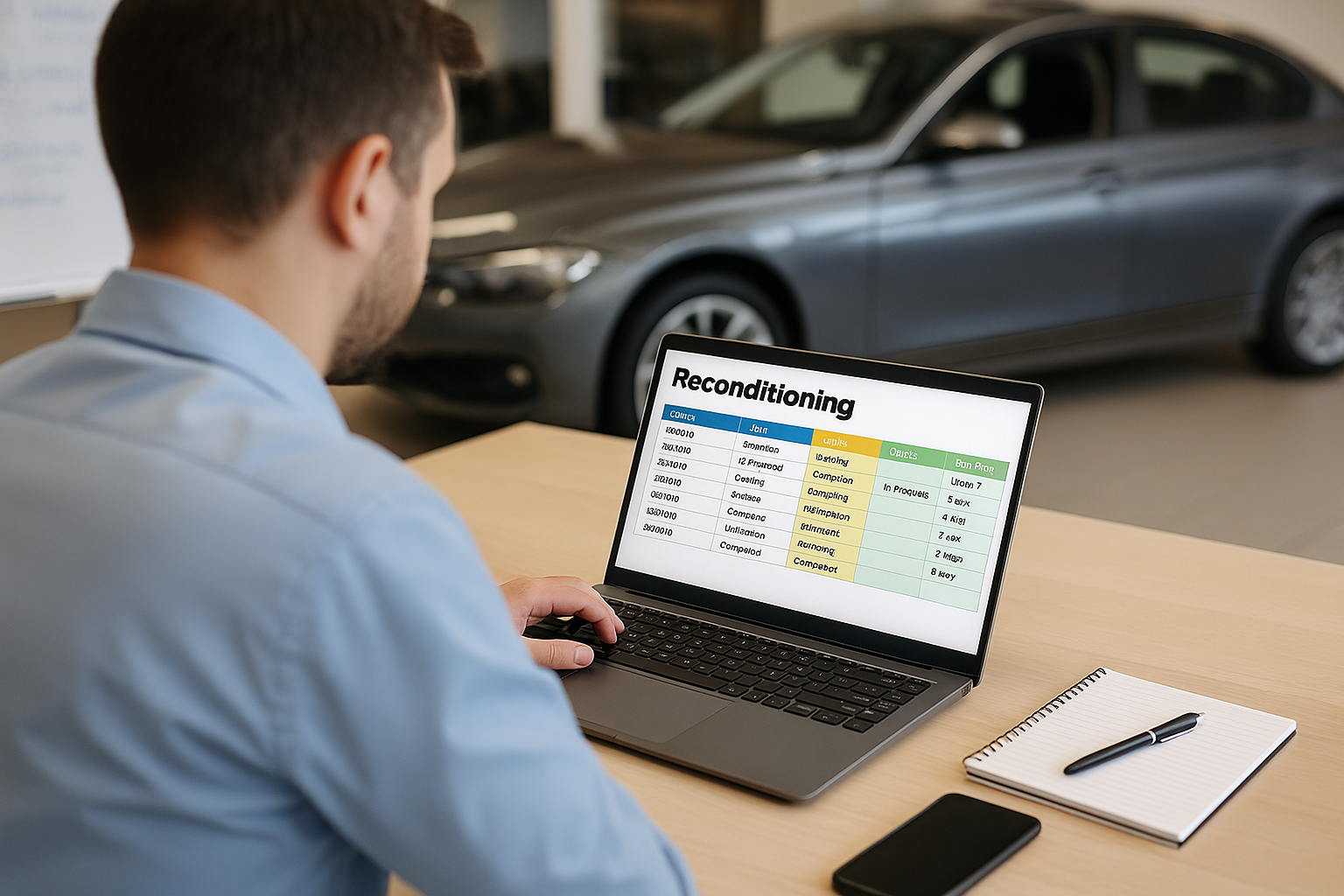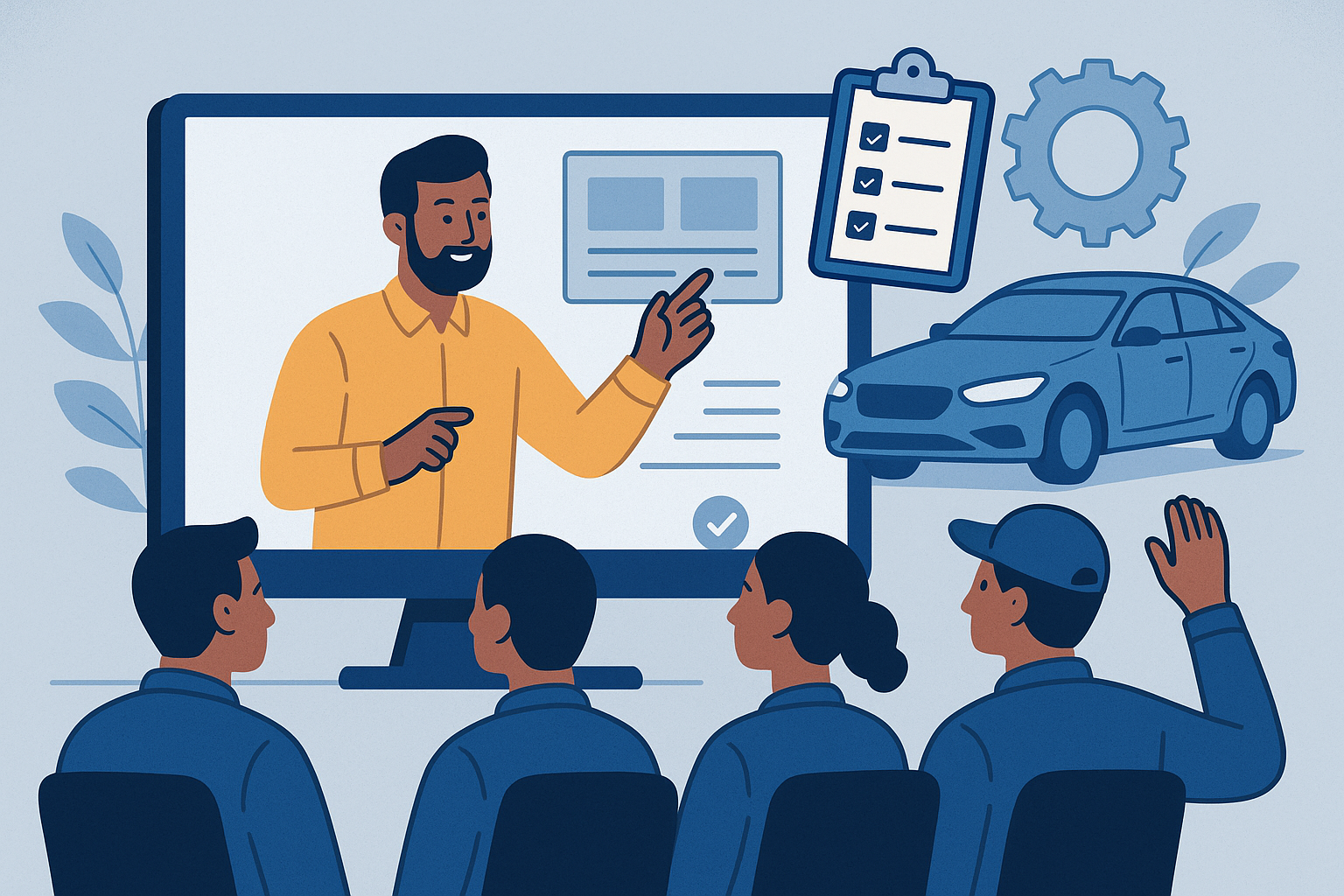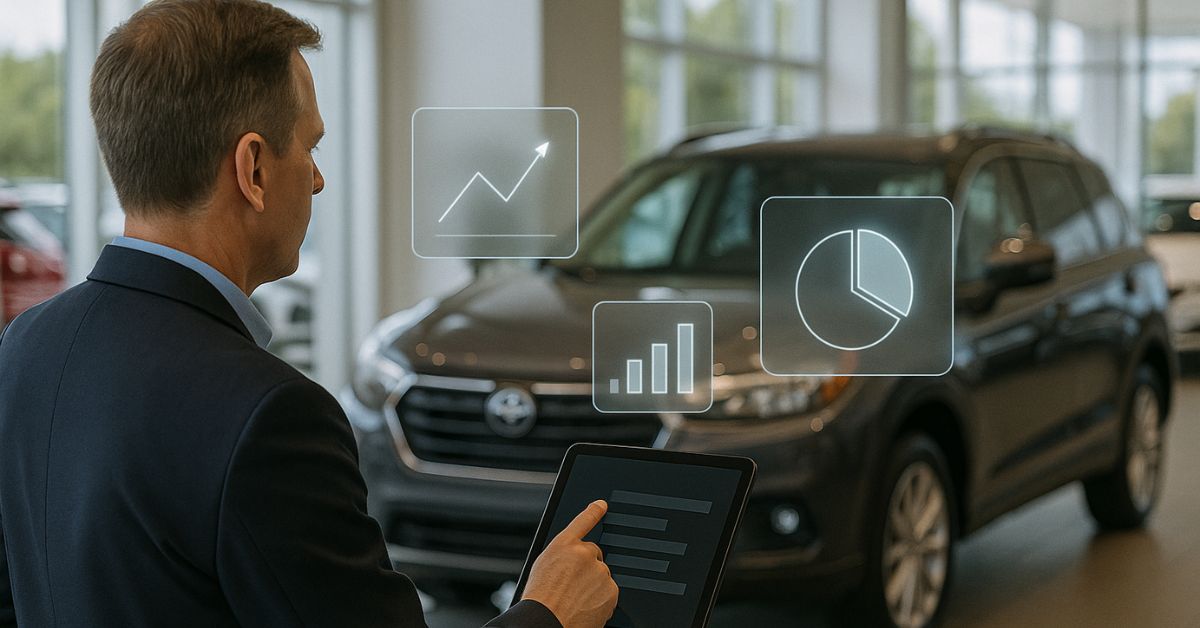Here at Carketa, we support dealerships in any way we can. That’s why in this post we’re going to give some tips on how car salespeople can close deals.
Now, we all know buying a car means spending a lot of cash. But it’s also an investment, that’s why people need to get one every couple of years. Back in the day, it took a copious amount of time just to choose what car to buy. People needed to visit every car dealership in town, talk to multiple car salespeople, and personally check every unit. In short, people took days just to have a good selection.

Although smartphones and the internet changed the way people shop, including vehicles, there are still people out there who want to check cars in person. That’s why it’s still crucial for car dealerships to practice interpersonal skills to provide customer service.
Car salespeople are the front force of car dealerships. Without them, customers coming inside a dealership will feel like a ten-year-old getting lost in a forest. The salespeople serve as a guide to show customers how to find their new cars, from creating rapport to handing out the keys. Often car salespeople can find themselves at a loss when they take care of clients. Clients come from different walks and different personalities. With these, things can get overwhelming to anyone, let alone car salespeople.
What better way to know how to handle customers than to KNOW the customers themselves? So with that, here’s the car salespeople’s guide to closing deals by knowing their customers. There are five types of car dealer customers, so will enumerate each one of them and give tips on how to handle each.

Customer #1: The Man (Or Woman) Without A Plan
The first type of customer that car salespeople should know is, perhaps, the easiest one to please. Why is that? It’s because this type of customer has one thing on the mind: getting a car. The only trouble is that they don’t know where to start. Some of them probably think that buying a car is like buying from a convenience store at a gas station. They don’t know that it takes a lot of time to even check out one vehicle. So how to spot them? It’s easy; they may always say “I don’t know” or something similar. They may also have that puzzling look that translates to “I need help”.
How To Approach: Simply bring your best self. They’re there to buy a car, and most probably, it’s their first time buying one. Start by asking what car they want. And if they don’t have an answer, you can ask what they’re looking for in a vehicle. If they still don’t know what to answer, ask what they would use the car for. Is it for school? Work? Business? This way, car salespeople can have an idea of which car from the inventory to show.

Customer #2: The Return Customer
They are the exact opposite of the first type of customer. They have been to the dealership before, and they already know how the processes go. So it should be easy, right? Well, not entirely. For the most part, return customers return because they liked the dealership they chose. However, sometimes they return because they didn’t exactly like the last time they were accommodated, but they’re giving the dealership another shot. Besides, they already know the dealership, so they are already familiar with everything. So if car salespeople think they did their best, return customers are more critical because they know what to expect.
How To Approach: If return customers know what to expect, then try to exceed their expectations. Be more attentive and take care of what they need. If it’s possible, present to them the best offer the dealership can give. This is a good gesture of appreciation for taking back their business with the dealership. Make the process much faster than the last time. This way, the return customer would feel appreciated and vital. And who knows, they might come back and recommend the dealership to their friends.

Customer #3: The Car Aficionado
Unlike the first customer, they know what they want. They know the nooks and crannies of a car, and they can identify the vehicle, model, and year even with their eyes closed. More often than not, they’re not really tricky people, but sugary sales talk won’t work with them most of the time. They might get nitpicky when you try to explain what you’re offering, especially when you talk about car details. In addition, when they know what they want, they really know what they want. Dealerships need to really listen to all the specs they want in a vehicle. Otherwise, they may get very disappointed.
How To Approach: This is a good reason why car salespeople should study everything about the automotive industry and how vehicles work so that it’s much easier to talk about cars. However, automotive education varies from salesperson to salesperson. So, the first thing car salespeople do is to create a rapport. This way, you would be able to catch his or her car knowledge. From there, build more rapport by talking about vehicles, regardless of how small or extensive the knowledge. Next, give them the impression that you know what you’re talking about and what they’re into. Lastly, be honest with what you know.

Customer #4: The Skeptic
Some customers will always have doubts. This is pretty understandable because buying a vehicle requires a considerable amount of money. But car salespeople would definitely agree that it gives an accomplished feeling when they successfully sell a car to a skeptic. Negotiating with one is like running through an obstacle course. One question answered may lead to another, and it may take hours and hours just to get that yes. However, it’s a good thing that skeptics will still buy at the end of the day.
How To Approach: The skeptic is not being a skeptic for the sake of being a pessimist. For the most part, they just want to get their money’s worth. With a skeptic, you need to be patient and transparent when answering their questions. When they want more information, provide a detailed vehicle condition report to have all the information they need. If they question the price, a reasonable valuation tool chart may ease their worries. And, if they’re still hesitant, provide some testimonials from satisfied customers. These will help car salespeople convince skeptical customers to just give in.

Customer #5: The Stress-Giver
As the name suggests, this is the customer that most car salespeople fear and wish they won’t encounter. There are many types of demanding customers, which range from highly demanding to pushy to adversarial. The demanding ones are those who won’t be satisfied until they get their high-maintenance needs met. On the other hand, the pushy ones are overbearing with questions or, again, demands. Lastly, the aggressive ones are those who would confront without rhyme or reason. These are just three examples of a stress-giver. They may have different ways, but their effect is the same; they all can drain salespeople energy.
How To Approach: Fortunately, car salespeople have different ways to handle this kind of customer. But there are two fool-proof ways to approach a demanding customer. The first one is to use kindness and compliments. This may be hard for those who are not used to it, but seasoned car salespeople use this to appease a demanding customer out of their mood. The other way is to keep things simple. As they say, less talk, less mistake. So keep it short so no time will be wasted.
Car Sales People Are Heroes Of The Automotive Industry
With tight competition between dealerships, a good team of car salespeople can help businesses a long way. But with a bit of help like these tips on how to close sales deals, that way can go much further.
Explore related articles to learn more about software solutions for car dealerships:

